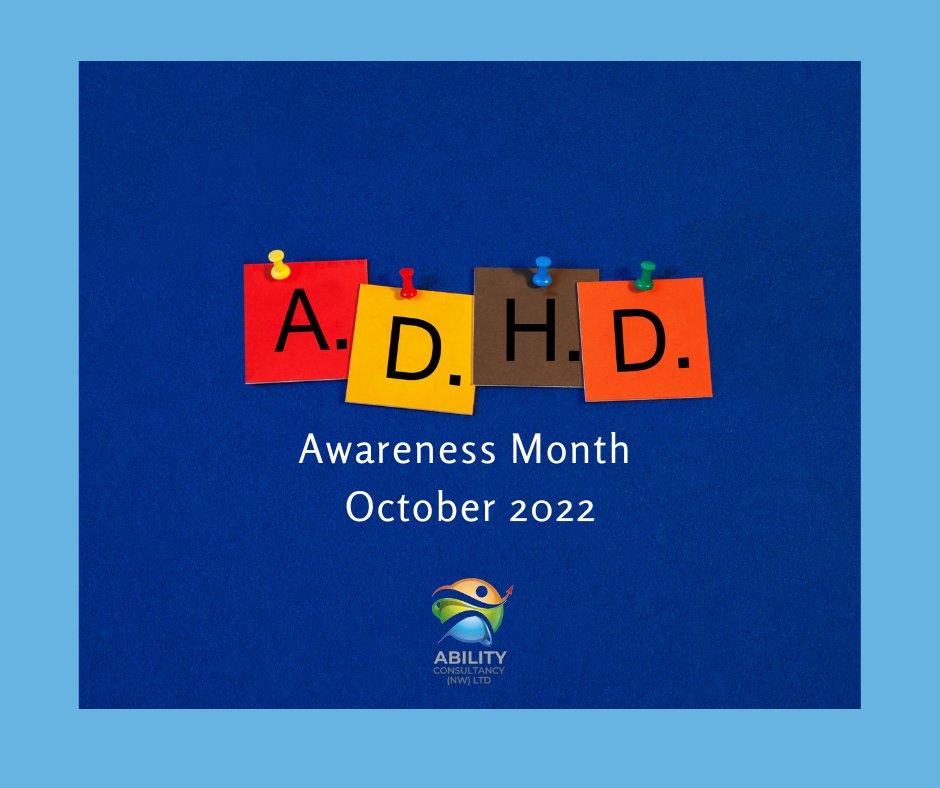Artistic brilliance often finds its roots in the unorthodox, the unconventional, and the unexpected. In recent years, there has been growing interest in understanding the relationship between neurodiversity, particularly Attention Deficit Hyperactivity Disorder (ADHD), and creative thinking. While ADHD treatment is commonly associated with challenges in focus and organization, emerging research suggests that it also bestows certain cognitive advantages that can profoundly shape artistic expression. This exploration delves into the intriguing interplay between ADHD and creative thinking, illuminating how individuals with ADHD harness their unique neurology to produce works of artistic brilliance.
Understanding ADHD
Before delving into the connection between ADHD and creative thinking, it is essential to grasp the fundamental characteristics of ADHD. ADHD is a neurodevelopmental disorder characterized by symptoms such as impulsivity, hyperactivity, and inattention. Individuals with ADHD often struggle with maintaining focus, following through on tasks, and organizing their thoughts and actions. These challenges can pose significant obstacles in academic, professional, and social domains. However, ADHD is not solely defined by its limitations; it also entails a distinctive cognitive profile that can foster creativity and innovation.
The ADHD Brain: A Double-Edged Sword
The ADHD brain operates differently from neurotypical brains, exhibiting variations in neural connectivity, dopamine regulation, and executive functions. While these differences can pose challenges in traditional learning and work environments, they also confer certain cognitive advantages conducive to creative thinking. One key aspect is the tendency for individuals with ADHD to engage in divergent thinking – the ability to generate multiple solutions to a problem or explore various perspectives simultaneously. This cognitive flexibility often manifests in unconventional ideas, novel insights, and out-of-the-box approaches to creative endeavors.
Hyperfaces and Creativity
Contrary to the stereotype of perpetual distraction, individuals with ADHD are capable of intense periods of hyperfocal – a state of deep concentration and absorption in a task of interest. During these episodes, individuals with ADHD can display remarkable productivity and creativity, immersing themselves fully in their artistic pursuits without being bound by conventional constraints. This ability to hyperfaces on creative endeavors enables them to delve deeply into their imagination, experiment with different techniques, and produce works that reflect their uninhibited creativity and passion.
The Power of Impulsivity
While impulsivity is often regarded as a drawback of ADHD, it can also fuel artistic exploration and innovation. Individuals with ADHD may be more inclined to take risks, explore unconventional ideas, and embrace spontaneity in their creative process. This willingness to leap into the unknown can lead to breakthroughs, serendipitous discoveries, and artistic expressions that defy conventional norms. By embracing their impulsive tendencies in a constructive manner, artists with ADHD can infuse their work with a sense of vitality, authenticity, and daring originality.
Sensory Sensitivity and Artistic Perception
Many individuals with ADHD also exhibit heightened sensory sensitivity, experiencing the world with greater intensity and vividness. This heightened perceptual awareness can enrich their artistic practice, enabling them to capture nuances of color, texture, and emotion with remarkable acuity. Through their art, they communicate not only what they see but also how they experience the world on a sensory level, inviting viewers to perceive familiar subjects through a fresh and vibrant lens. Moreover, the ability to hyperfaces can facilitate a state of flow, where artists lose themselves in the act of creation, transcending distractions and tapping into a reservoir of creative energy.
Overcoming Challenges
Despite the creative advantages associated with ADHD, individuals with this condition may also encounter obstacles that impede their artistic pursuits. Difficulties in time management, organization, and self-regulation can disrupt their workflow and hinder their ability to sustain long-term projects. Moreover, the stigma surrounding ADHD may exacerbate feelings of inadequacy and self-doubt, posing psychological barriers to creative expression. However, by adopting strategies such as breaking tasks into manageable steps, establishing routines, and seeking support from peers and mentors, individuals with ADHD can navigate these challenges and unleash their artistic potential.
Celebrating Neurodiversity in the Arts
As society increasingly recognizes the value of neurodiversity in fostering creativity and innovation, there is a growing movement to celebrate artists with ADHD involve and other neurodevelopmental differences. Platforms such as the Neurodiversity in the Arts Initiative showcase the work of neurodivergent artists, promoting inclusivity and appreciation for diverse perspectives in the artistic community. By embracing neurodiversity, the arts not only become more vibrant and eclectic but also serve as a catalyst for social change, challenging stereotypes and expanding our understanding of human potential.
Conclusion
Artistic brilliance knows no bounds, transcending conventional notions of ability and neurology. For individuals with ADHD, creativity is not hindered by their neurodivergent traits but rather enhanced by them. Through their unique cognitive wiring, they bring a fresh perspective, boundless imagination, and unbridled passion to the artistic landscape. By embracing the strengths of ADHD – from divergent thinking to hyperfaces to sensory sensitivity – artists with this condition defy expectations, enriching our cultural tapestry with their innovative vision and indomitable spirit. As we continue to champion neurodiversity in the arts, let us celebrate the creativity that thrives in the beautifully complex mosaic of the human mind.
